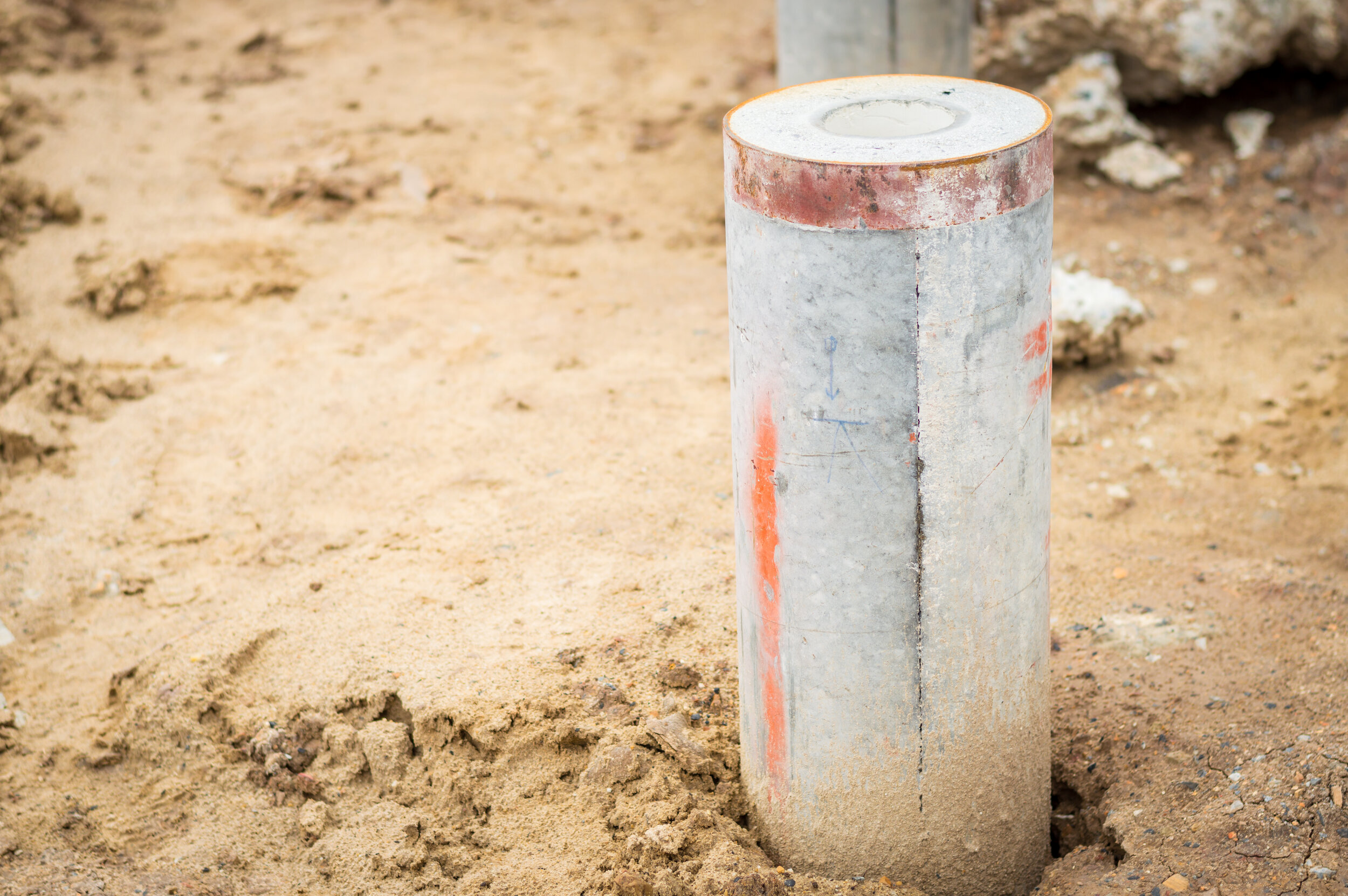Differences between Push Pier and Helical Pier
If you have issues with a slab or pier and beam base, the construction of piers may be a solution. You might be curious about what the difference between them is when your foundation contractor would choose the best pier for the job. You have two primary options, push piers and helical piers, if piers need to be built. They do the same work with house leveling but depending on the situation, they have their own very unique benefits.
Helical Piers
The Helical Pier is attached steel tube with helical plate. That plate looks similar to a digger for a post hole. To screw it into the ground, the pipe is turned by a hydraulic motor. Instead of driving the pier into it this method lets the plates drag the pier into the ground. Helical piers are pushed into the ground before they reach the correct depth. As it is dependent on the load capacity that needs to be achieved, each depth can differ from project to project. Up to a ten-story building will carry Helical piers. To share the weight of the building, the piers are also strategically located around the building. The base bracket is then fixed to the building until the piers have been screwed into the ground to the correct depth. This method stabilizes the foundations that because of the soil situation, have deteriorated or required support.
Push Piers
In order to lift the weight of a house, push piers are somewhat similar to helical piers in that piers are put into the ground. But there are still several differences. How push piers are pushed into the field is one of the main differences. By using a hydraulic motor to drive" it into the ground once it has reached solid soil, they are mounted just as it sounds. Another important distinction between them is that it is fastened to the base bracket at the end with a helical pier, but first the foundation bracket is fixed with a push pier and the pier is forced through the bracket. The weight of the building is then distributed uniformly at the end.
A push pier is just like a nail, long and straight, made of steel and hydraulic pressure pushed deep into the ground. The pier thereafter rests on the most solid bedrock level available to provide your falling base with stable support. These piers are easy to mount, very little disturb the surrounding soil, and are perfect when the conditions of the soil are unknown on your land. Push piers, however, require a large sitting weight on top of them. This ensures that lighter loads are not ideal for sitting on top of them, such as a deck, for example.
Although the nail is for push piers, the screw is for helical piers. They are constructed in a screw-type way so that they can mechanically be pushed down into the earth. These are usually used because they can be mounted at a particular depth when the local soil condition is established. As they use a screw-type motion, they will provide your base with highly precise changes that seal up any cracking. Unfortunately, they require more space to be built and need to be supported by proper soil conditions.
See us at Ramjack by American Leveling for different house leveling methods including helical and push piers.

